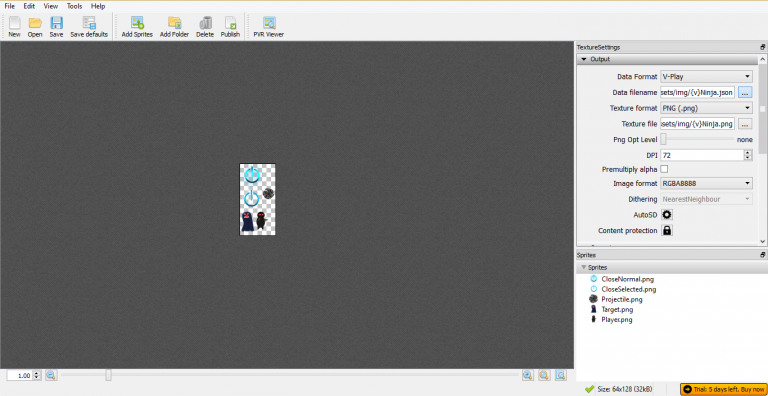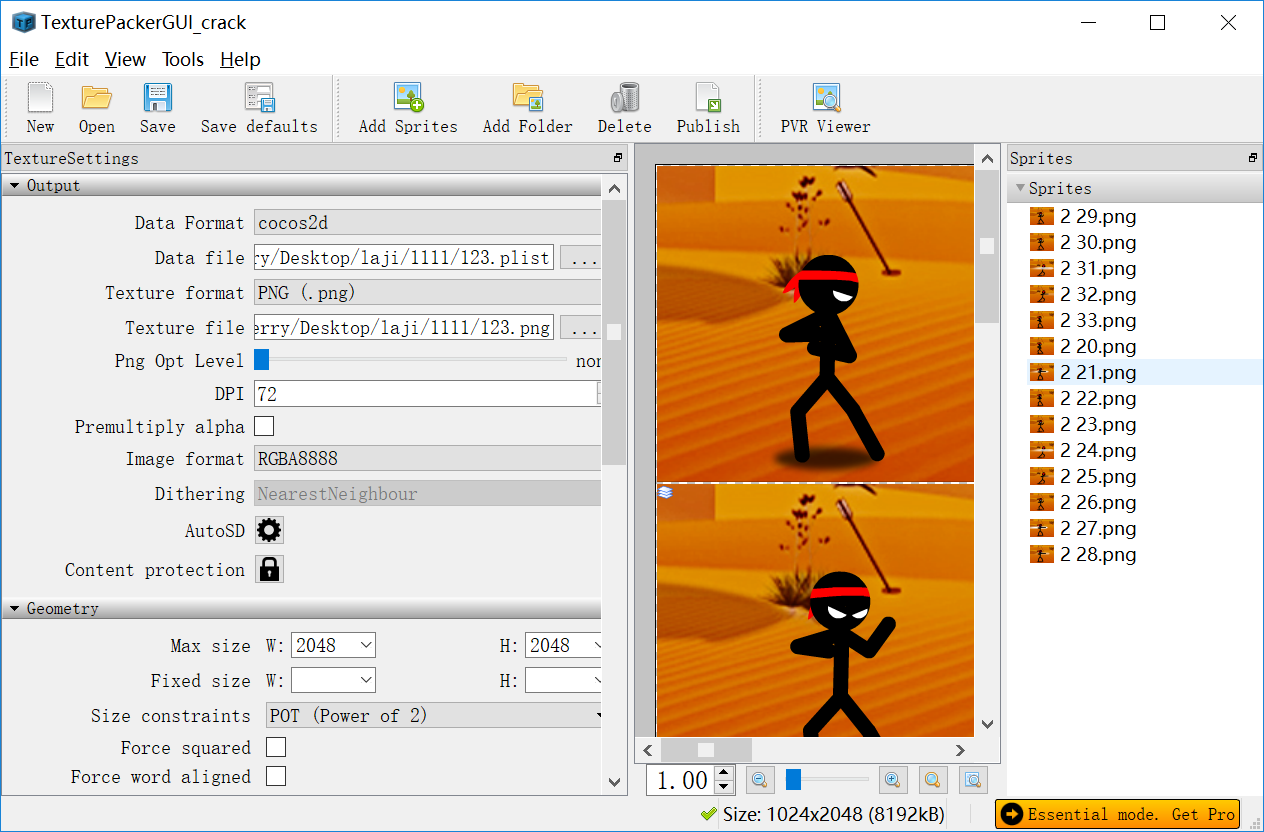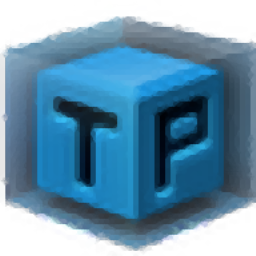

- #Texturepacker failed to load image install#
- #Texturepacker failed to load image manual#
- #Texturepacker failed to load image skin#
- #Texturepacker failed to load image license#
If the user has selected a theme, then when a control requires a texture, Kodi will first look in the. Note that only the textures change when you change themes, the layout stays the same. This gives users more choice in the look of a particular skin. xbt files in the media/ folder, each one representing a different theme for your skin.įor instance, you could tint all your main textures a red colour and create a new theme package called Red.xbt.
#Texturepacker failed to load image skin#
All the images that make up the default skin theme should be in the Textures.xbt file. You can use the tool TexturePacker for this. The goal is to keep your skin folder structure as cleanly organized as possible as it makes it easier to troubleshoot problems this is becomes very important if you are working as part of a Kodi skin creation team.Īll the basic media files for a skin should be compressed into the Textures.xbt file, and placed in the media/ folder.
#Texturepacker failed to load image license#
NOTE: You will need to reference these using the asset tag in the addon.xml myskin/changelog.txt a textfile detailing what has changed in every version of the skin myskin/fanart.jpg a 1280x720 or 1920x1080 jpeg fanart image for your skin myskin/icon.png a 256x256 or 512x512 png image for your skin myskin/LICENSE.txt we recommend to include a Creative Commons license file in your skin: Name them screenshot-01.jpg, screenshot-02.jpg ect.

Used to store textures in a different colour to create colour themes myskin/resources place 10 screenshots (1280x720) of your skin in here. skin.name/themes optional folder for additional skin themes. myskin/media This subdirectory contains all the media files (.png/.gif/.jpg.) You can replace/edit these as you like. you can define strings used in your skin in this file. you can add/replace fonts here myskin/language contains several subfolders for each language (English/strings.po). see: How Window XML Files Are Found skin.myskin/backgrounds optional folder containing the background images used in the skin skin.myskin/colors contains a defaults.xml file which is used to define the colours used in the skin skin.myskin/extras optional folder containing any additional items, that don't fit elsewhere skin.myskin/fonts This subdirectory contains all fonts used by the skin. As Kodi can run in multiple resolutions, your skin can have multiple resolution folders. myskin/1080p This is a resolution-specific directory. It also contains credits information, and versioning information.


Myskin/addon.xml This contains the information that Kodi uses to find the other files that Kodi requires to describe it's skin. Try modifying a window or two by adding a button, or altering the textures or layout and test the result of your changes in Kodi.Įach skin folder contains several subdirectorys, and several files: You can then edit each of the files as you become more familiar with the skinning system. Don't forget to modify the addon.xml file and give your new skin a unique addon id. It is suggested that if you want to make your own skin, then starting by copying an existing skins files over into a new folder (let's say skin.myskin) is a good place to start.
#Texturepacker failed to load image install#
This is the folder where all skins are placed and listed.Īny additional skins you create or download or install via zip, Kodi will load and ask you if you would like to load the skin and also allow you to load them up from within the Appearance Settings. Kodi skins once installed are located in userdata addons folder.
#Texturepacker failed to load image manual#
The skin system is quite complex, and this portion of the manual is dedicated to providing in depth information on how it all works, along with tips to make the experience a little more pleasant. This library allows you to skin/change everything you see in Kodi, from the images, the sizes and positions of all controls, colours, fonts, and text, through to altering navigation and even adding new functionality. Kodi includes a new GUI library written from scratch. Users can create their own skin (or modify an existing skin) and share it with others. Kodi is noted as having a very flexible and robust framework for its GUI, making theme-skinning and personal customization very accessible.


 0 kommentar(er)
0 kommentar(er)
